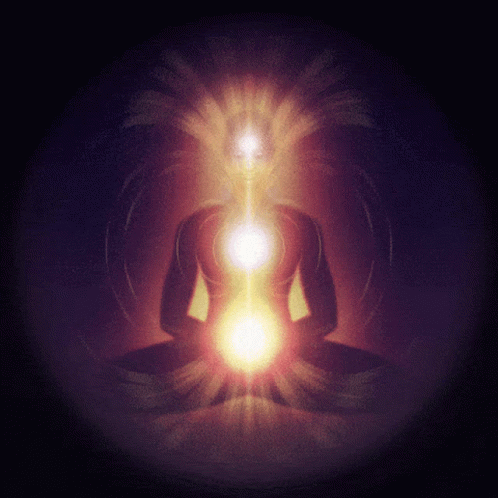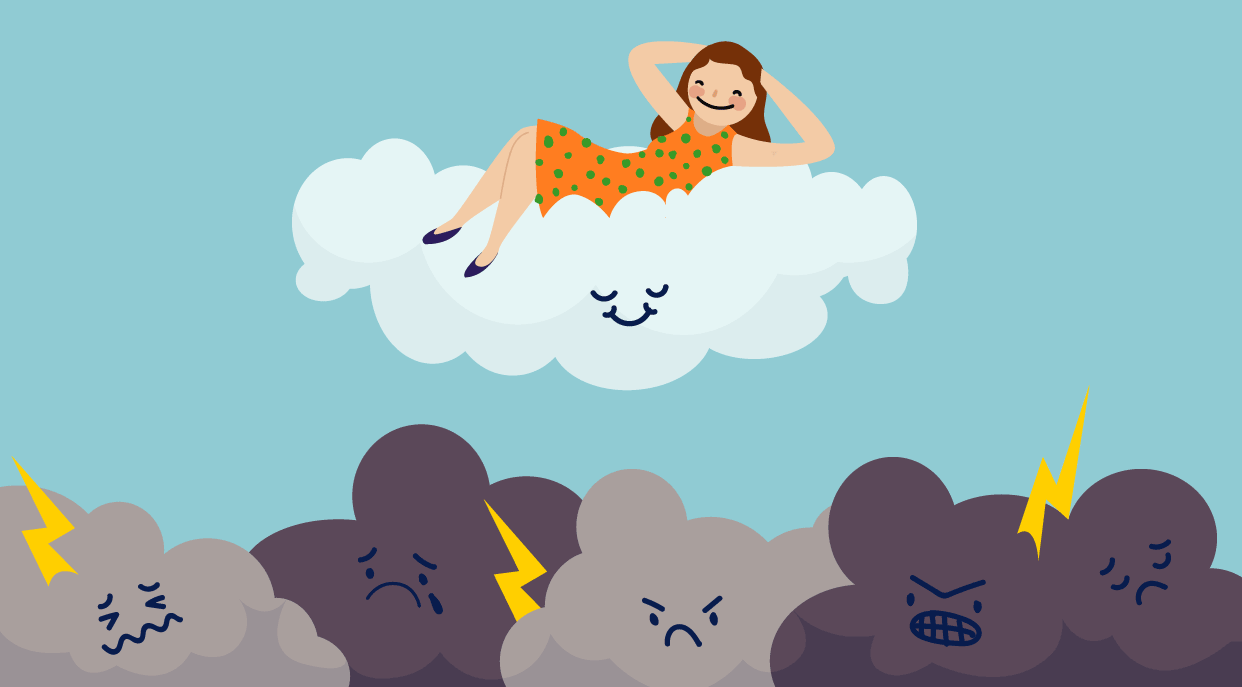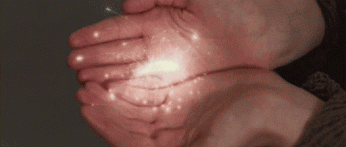Concussions, Your Gut & You.
This article is about Concussion and it's potential effects on the body's the nervous and digestive systems. There's a bit of straight forward anatomy here, but it's important to have an understanding of this to then appreciate the complexity behind why concussion symptoms can be so varying, persistent and pervasive. So, bear with me through a bit of anatomy and physiology before we get to the really good stuff, and why you came to read this in the first place. Now, put on your smarty pants, and let's give it a go!
There are two branches of the Nervous System: The Central Nervous System and the Peripheral Nervous System.

You'll see there are two main parts:
The Central Nervous System or CNS (the brain and spinal cord) and the
Peripheral Nervous System, which is anything outside the CNS, and is further separated into two branches:
The Autonomic Nervous System or ANS which is non conscious and involuntary bodily functions. Hence, the ANS controls the circulation of blood, blood pressure, heart rate and rhythm, temperature regulation, hormones, sleep patterns, and proper functioning of digestion;
The Somatic Nervous System which is voluntary, meaning you can choose, and influence, the parts governed by this system, such as your muscles.
The Autonomic Nervous System is further divided into three branches (see above):
The Parasympathetic, whose function is Rest and Digest
The Sympathetic, whose function is Fight or Flight and
The Enteric nervous system (ENS) or Intrinsic nervous system which is the intrinsic nervous system of your gastrointestinal tract.
This flow chart is a good summary of who's who in the Nervous system

As you can see, when operating properly, this is a perfectly balanced system. Ideally, when one system (the Sympathetic) is fired up into fight or flight because we see a threat, when the threat passes, we should calm back down via the Parasympathetic. This balance is called homeostasis and I go into more detail about this in this post.
The problem arises when something alters the internal functioning and homeostasis of this balanced system. There are many reasons for this to occur, but the one we're looking at today is Concussion and it's effect on the nervous system.

Concussion & Post-Concussion Syndrome
The formal medical definition of Concussion / Traumatic Brain Injury (TBI) is a "clinical syndrome characterized by immediate and transient alteration in brain function, including alteration of mental status and level of consciousness, resulting from mechanical force or trauma" (1). It is generally in the "mild" category, and may or may not occur without a loss of consciousness (1). Post-Concussion Syndrome occurs when the symptoms of TBI occur beyond 90 days (3).
I'd like to be clear here about one thing: While there are categories of classification for TBI ranging from mild to severe, there is NO SUCH THING as a "MINOR" TBI, just as a "minor" heart attack is still a heart attack, regardless of the "severity". The system of classification pertains only to grading based on length of unconsciousness, levels of amnesia, mental functioning, bleeding, and so on. It is not a discernment of whether or not concussion related symptoms will or will not be present.
A concussion can arise from external blunt force trauma, but it can also arise from whiplash or rotational forces that cause the brain to strike the interior of the skull.
The brain is comprised of two types of tissue:
Gray Matter, which is actually pinkish, is made of the Nerve Bodies which processes information in the brain and directs muscle control, and sensory perception, and
White Matter, which is made of fatty tissue and nerve fibres called Axons; it connects various gray matter areas of the brain to each other, and carries nerve impulses between neurons.

Damage to these regions can differ based on the nature of the injury itself. Axons are susceptible to rotational or shearing damage, which often occurs in the region of the Brain Stem, a region of the brain where the spinal cord and brain intersect. This area is rich with axonal and neuronal connections, and is vulnerable to damage for this very reason. When damage occurs here, the communication of the autonomic nervous system can readily be impaired, potentially resulting in a condition called Dysautonomia.
Dysautonomia

Dysautonomia is a medical term that means that the autonomic nervous system, or ANS, has become "dys-regulated". Autonomic dysfunction, also known as dysautonomia, has been studied in moderate and severe TBI, and has emerged as a major contributing factor in the symptomatology in mTBI as well (2). This means that the "automated" functions are no longer properly regulated within the nervous system, and that the balance between the sympathetic and parasympathic systems has been tipped. This can cause many various symptoms to arise including:
tachycardia (rapid heart rate),
arrhythmia (irregular heart rate),
poor temperature regulation,
digestive dysfunction,
pupil dilation,
blood pressure fluctuations,
vertigo (dizziness),
exercise intolerance,
fatigue,
sleep disturbances, and
cerebral blood flow dysregulation.
Immune system depression can also occur as a result of excess sympathetic activity, suggesting a possible correlation between ANS and autoimmune disorders (3).
So much discussion in alternative and integrative medicine realms discuss the connection between diet, gut and brain health, but it rarely addresses, if at all, the connection between the brain and gut health, or the mechanical compression from injury that can trigger ongoing systemic stimulation. Interestingly, recent research has shown that TBI itself can cause intestinal damage and be the root cause of digestive disorders. (4).
Here is where the third branch of the Autonomic nervous system comes in: The Enteric or Intrinsic nervous system is a mesh-like system of neurons that governs the function of the gastrointestinal tract. It arises from the same embryological tissue as our Central Nervous System, during fetal development.and is often called the Second Brain (here's where the term Gut Feeling comes into play) and can act in conjunction with the Parasympathetic / Sympathetic, or it can act independently. These two systems are connected via the vagus nerve, the 10th cranial nerve that runs from your brain stem into your abdomen.
Probiotics and diet are phenomenal and necessary aspects of therapeutic treatment for digestive issues. But missing the structural aspect of Autonomic based Brain-Gut Axis as part of therapeutic treatment also misses a key cause of the digestive dysfunction, TBI, and will never be able to adequately address the issue and symptoms at hand caused by these somatic and structural dynamics.

Viva la Vagus, Baby
The Vagus Nerve, the 10th cranial nerve and the longest nerve in the body, originates in the Medulla Oblongata (a part of the brain stem) and meanders down through the throat, esophagus, lungs and into the viscera or internal organs. The Vagus also connects the viscera to the Brain Stem; 90% of the fibers in the primary visceral nerve, the Vagus, carry information from the gut to the brain and not the other way around (5).

It stands to reason that successful mitigation of post-TBI related gut issues, must consider the Vagus and the Enteric system as a culprit; not doing so can compromise the improvement of gut health as not taking into account ANS involvement often does not provide comprehensive symptom resolution.
A Brief Digression with some Angst:
The Diagnosotic and Statistical Manual V, or DSM-V, goes so far as to state that TBI's would be classified as Neuro-Cognitive Disorder (6), which it technically is not since it arises from a physical injury, even by their own definition: "Traumatic Brain Injury (TBI) can be defined as damage to brain tissue caused by an external mechanical force" (6). Many in the allopathic world (conventional medicine) believe that "any mild concussion related symptoms that arise past 90 days are purely psychogenic (psychosomatic) in nature, and not physical". I read and copied this statement from a neurologist's comments as I was searching for images to put into the post. His post was only 6 months old.
Given that a recent study (7) has shown that it is the impact, not the concussion, that creates Chronic Traumatic Encephalopathy (CTE), the syndrome presented so eloquently in the movie Concussion, it behooves me to think that neurologists, psychologists and other allopathic specialists obviate the condition that arises from a physical injury that is cumulative in nature, only to dismiss it as "psychosomatic" when "expected resolution" doesn't occur.
Interestingly, this classification also groups Alzheimers in the same category as Concussion. In a recent study, researchers found that "brain pathology was unrelated to signs of concussion, including altered arousal and impaired balance, among others. Our findings provide strong causal evidence linking head impact to TBI and early CTE, independent of concussion”. (7) Below is imagine of a normal brain compared with a brain that is compromised with CTE and Alzheimers. It is difficult for me to imagine how "minor" head trauma (that does receive a diagnosis of mild concussion) can still be dismissed as malingering or psychosomatic.

Osteopathy, Concussion and Dysautonomia
An Osteopathic perspective and approach will be quite different from conventional medicine, chiropractic and electrical stimulation, as it allows us consider the physical, emotional and mental aspects of all cases, including the occasional secondary gain (aka "malingering") for persistent symptoms. Why? Because injured brain areas will relay their dysfunction to other areas by either being hypertonic (over-stimulated) or hypotonic (under-stimulated).
Osteopathic techniques provide us with the ability to both recognize and address local and systemic sympathetic/parasympathetic and enteric imbalances by:
enhancing circulation - including cerebrospinal fluid, blood and lymph,
calming areas of hyper-stimulation (including in the viscera through Visceral Manipulation),
enhancing tonicity of areas that are hypo-stimulated
decompression of cranial bones (via Craniosacral therapy) that provide excess pressure on sensitive nervous tissue - including that persnickety Vagus nerve.
Assisting the local and systemic regions to function as an integrative unit
Through gentle touch and supportive presence, we are promoting the regulation of a dysautonomic system.

Osteopathy is a way to enhance quality of life by self-empowerment, hope and improving self-care and independence.
Now, don't those smarty pants feel like a good fit?
References
1. http://www.aans.org
2. Esterov D, et al. "Autonomic Dysfunction after Mild Traumatic Brain Injury." Brain Sci, 2017; 7(8).
3. http://www.mayoclinic.com/health/post-concussion-syndrome/DS01020
4. http://www.acnp.org/g4/gn401000069/ch069.html
5. https://www.scientificamerican.com/article/gut-second-brain/
6. Elise L.Ma, et al. Bidirectional brain-gut interactions and chronic pathological changes after traumatic brain injury in mice. Brain, Behavior, and Immunity, 2017; 66: 56 DOI
7. http://jaapl.org/content/42/2/159#ref-7
8. https://doi.org/10.1093/brain/awx350















